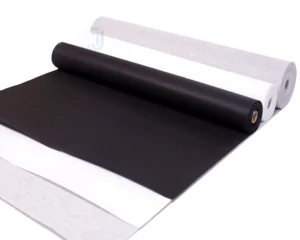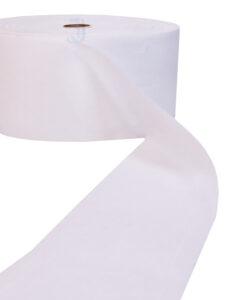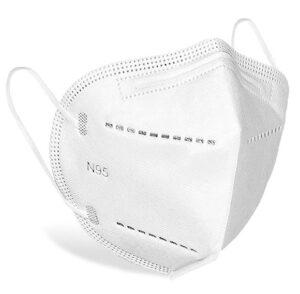
Uses of Non Woven Polyester Felt
NONWOVEN FELT INCEPTION Felt Nonwovens were one of the oldest textile material to be used in
Non-woven fabrics have various applications in the home textiles industry, providing comfort, durability, and aesthetic appeal to a wide range of products. Here are some common uses of non-woven fabrics in home textiles:
Non-woven fabrics are used in the manufacturing of bedding products such as bed sheets, pillowcases, mattress protectors, and bed skirts. These fabrics offer softness, breathability, and moisture-wicking properties, contributing to a comfortable sleep environment. Non-woven fabrics are also utilized in mattress construction as backing materials, insulating layers, and quilting components.
Non-woven fabrics find applications in upholstery and furniture manufacturing. They can be used as cushioning and padding materials for sofas, chairs, and cushions, providing comfort and support. Non-woven fabrics are often incorporated into furniture covers, armrests, and backings, enhancing durability and improving the overall appearance of the furniture.
Non-woven fabrics are utilized in window treatments such as curtains, drapes, and blinds. They offer light filtration, privacy, and insulation properties. Non-woven fabrics can be made into decorative curtain panels, blackout linings, or sheer fabrics, adding style and functionality to windows.
Non-woven fabrics are used in the production of tablecloths, placemats, and napkins. These fabrics offer resistance to stains, spills, and wrinkles, making them suitable for both formal and casual dining settings. Non-woven table linens are easy to clean and maintain, providing convenience for everyday use.
Non-woven fabrics find applications in bath and kitchen textiles. They can be used as backing materials for bath mats, pot holders, and oven mitts, providing heat insulation and protection. Non-woven fabrics are also used in the manufacturing of disposable wipes, cleaning cloths, and kitchen towels, offering absorbency and durability.
Non-woven fabrics are employed in the production of wallcoverings such as wallpapers and wall murals. These fabrics provide texture, dimension, and visual appeal to interior spaces. Non-woven wallcoverings are easy to install and remove, allowing for quick and hassle-free room transformations.
The advantages of non-woven fabrics in home textiles include their softness, breathability, moisture management, durability, and ease of customization. Non-woven fabrics can be manufactured with various properties, such as antimicrobial treatments, water resistance, and flame retardancy, to meet specific requirements in the home textiles industry.
Additionally, non-woven fabrics are often made from eco-friendly materials and can be recyclable, contributing to sustainable practices in the home textiles sector.
Overall, non-woven fabrics play a significant role in the home textiles industry, offering comfort, functionality, and aesthetic appeal to a wide range of products used in bedrooms, living rooms, kitchens, and bathrooms.
Trustindex verifies that the original source of the review is Google. Cool textile ??Trustindex verifies that the original source of the review is Google. Trustindex verifies that the original source of the review is Google. NiceTrustindex verifies that the original source of the review is Google. Trustindex verifies that the original source of the review is Google. Trustindex verifies that the original source of the review is Google. Trustindex verifies that the original source of the review is Google.

NONWOVEN FELT INCEPTION Felt Nonwovens were one of the oldest textile material to be used in

Applications and Advantages of Hot Air Through Non Wovens Hot Air through bonding is a technique

Role of Face Mask in reducing Transmission of COVID-19 The novel widely spreading Corona virus has
Near Cement Godown,
Industrial Area-C,
Kanganwal, Ludhiana –
141014, Punjab, India
Copyright © 2014-2025 Jhanji Textiles. All Rights Reserved | Created by Digital eSearch